
We’re seeing a cambrian explosion in crypto games hit the market right now. Some games take the higher fidelity, higher complexity approach. These try appeal to gamers who loved EVE Online, World of Warcraft, Starcraft, and other AAA games.
But games for “gamers” are often not the most popular or most successful in the mainstream. Starting with Facebook games and continuing through the mobile era, the most popular games are actually the casual ones. These kinds of games are more relaxing, less competitive, and, crucially, quick. You can play on the toilet or while on a Zoom call.
If you were online in 2010, you remember FarmVille the casual farming game that consumed everyone’s lives on Facebook for a year. At its peak, there were 32 million daily active players.
World of Warcraft, widely regarded as one of the most successful games of all time, had a peak of 10 million monthly subscribers. At its height, FarmVille was attracting 3x that many people per day. Casual gaming is massive, much larger than the “serious” gaming industry.
So, naturally, we should see some extremely popular casual crypto games. And, by their casual nature, they will probably bring the most people on-chain and develop into the largest crypto game economies.
Two weeks ago I wrote about STEPN, one of the first extremely successful casual crypto games to hit the market.
This week, I want to introduce you to Sunflower Land. The FarmVille-esque game that’s created a fun, chill take on play to earn gaming.
What is Sunflower Land
Sunflower Land is a passive farming-themed economic development game based on Polygon. If you’ve played FarmVille, SimCity, or idle mobile games like Idle Miner, the gameplay will be very familiar to you.
You start out with an empty farm, where all you can plant are Sunflowers. When you harvest a sunflower, you can sell it to the shop for 0.002 SFL. Then you can buy Sunflower seeds for 0.001 SFL, and plant some more.
Sunflowers take 1 minute to grow, so you can double your SFL every minute. Granted, it’s a rather small amount you’re doubling. So once you save up enough you can start buying Potato seeds for 0.01 to grow potatoes, which you can sell 0.014. Potatoes take 5 minutes to grow instead of 1, so your earnings per minute are slightly lower, but you gain the benefit of not having to repeat the cycle every minute.
Crops get progressively more expensive and higher earning, but less efficient per hour, till you hit the peak at Radishes:
But farming to multiply your SFL is only one part of the game. You can also spend your SFL to buy an axe, to chop down trees for wood:
Then you can use that wood to craft a pickaxe, which you can use to mine stone. And as you mine stone, you can make better pickaxes, to mine iron and gold.
You can also use your farmed resources to unlock additional resources, by crafting food to give to the little goblins around the farm.
And you need to do that to eventually unlock wheat, so you can buy chickens and start farming eggs:
So you get an idea of how the game progresses. The more willing you are to keep playing and managing your farm, the faster you can earn SFL. The faster you earn SFL, the faster you can progress through the various levels of farming in the game, steadily increasing your SFL earnings.
The more you play, the more you can earn. The more you earn, the more you can reinvest into earning more. Or the more you can cash out to sell on the market.
One thing that’s nice about Sunflower Land though is you can make it as fast paced or laid back as you want. You could optimize your earnings by farming sunflowers every minute. Or you could take a calmer approach and harvest Parsnips every 12 hours. You’ll earn slower, but you only have to check on the game twice a day instead of 1,440 times a day.
And of course since this is a crypto game, you can also buy the assets if you don’t want to take the time to farm all of them. The Sunflower Land collection on OpenSea already has 245 ETH of volume traded on it, for everything from pieces of wood to chicken coops.
This currently is the only way you can earn from playing. Once you make one of these rare items, you can pull it out of the game to sell the NFT on OpenSea. And some are quite valuable, the rarest item right now, Kuebiko, is selling for just over $10,000:
What you can’t do yet is pull out your SFL to trade it. They’ve restricted that until May 9th, to give the game economy some time to develop. I love this strategy, it helps limit the initial speculation on the token price of the game, and it ensures there will be plenty of SLF in the market when they do activate trading.
So you have one way to play and earn right now: Level up your farm to produce rarer goods, then withdraw them as NFTs to sell on OpenSea. Soon, you’ll have a second way to earn, by directly pulling out your earned SFL to trade in a liquidity pool like any other token.
If your goal is to add a worthwhile P&E game to your roster though, does Sunflower Land make the cut? Let’s look at their tokenomics.
Sunflower Land Tokenomics
One of the biggest problems in Play & Earn games is runaway inflation from player growth.
As more players enter the game, they create more and more tokens through their in-game activities. As the player base is growing the new demand can support the inflating supply, but as soon as the growth stalls, the token value can collapse. This was one of my primary concerns outlined in the STEPN piece, and it’s a recurring challenge in balancing P&E games.
Sunflower Land has come up with a novel way to combat this through halving their SFL emissions every time new SFL supply milestones are reached.
Right now when you play, you get 0.02 SFL per Sunflower harvested. But once 100,000 SFL has been harvested, you’ll only earn 0.01 SFL per Sunflower. Then after 500,000 have been harvested, it drops to 0.004. This continues in perpetuity until it keeps halving every 10,000,000 SFL:
The tools will also drop in costs, so you’ll be able to buy 0.001 axe to farm 0.001 wood. But what won’t drop in cost are the rare items and upgrades. So Woody the Beaver is always going to cost 200 Wood and 50 SFL, regardless of what halving the game has reached:
This does a great job of balancing out the supply of SFL in the market as the number of players increases since everyones earnings will drop pretty dramatically. But it might be a little too aggressive.
After four halvings, the earnings rate will be 1/10th of what it is today. At that rate, you’d only be earning 0.55 SFL per day from Radish farming, compared to the 5.50 you can earn today. So if you want to save up for the Radish Pie so you can unlock wheat and chicken farming, you’d need to farm for a month just to get the necessary SFL:
Even if you farmed Sunflowers every minute perfect, you’d only earn 3 SFL per day. It’d take 5 days straight of non-stop clicking to earn the 15 SFL you need for a Radish Pie. That seems a little… ridiculous. Maybe they’re expecting that people will buy SFL on the market to speed things up, but there still needs to be someone farming SFL to sell on the market, and the halvings affect everyone equally. So everyone’s output is going to drop off dramatically.
Based on that, if you think the game is going to be popular long term, it might kinda make sense to just stockpile SFL and wait for the halving events. It’s going to get harder and harder to come by, and more people will need it for playing, so the price could increase dramatically over time. That, of course, is only true if people want to play the game though.
It could also make sense to stockpile some of the harder to craft NFTs. The Foreman Beaver costs 5,000 Wood plus the Apprentive Beaver (500 wood + 100 SFL) and Woody (200 wood + 50 SFL) so he’s 5700 Wood + 150 SFL total. After a few halvings he’s going to be ridiculously hard to make.
With this halving strategy Sunflower Land does introduce something I haven’t seen other games do well: accruing value to the in-game currency over time. And it presents a potential solution to the runaway inflation issue we’ve discussed a number of times now. I’m not convinced this method will work, since I think the degree to which it will slow down progress risks making the game un-fun. But it will be interesting to observe, and they can always adjust things as they go.
So could Sunflower Land turn into a major crypto game? And could it provide sufficiently interesting earning potential for the people who want to play it? Let’s look at the bull case for the game.
The Sunflower Land Bull Case
Remember the stat I tossed out in the intro: FarmVille had 32m DAUs at its peak. That is an *insane* number of players. There are supposedly fewer than 1m people who have ever owned an NFT (check tk). So if Sunflower Land can successfully recreate a satisfying farming simulator on crypto rails, that has the potential to become a massive game.
I do think that casual games will attract many more players than more intense ones. And if STEPN is any indication, casual games can also attract massive amounts of capital. So what would bring tons of players, and tons of capital, in to Sunflower Land?
First, the halving is actually a rather good motivation to play the game now. If you’re remotely interested in trying it out, you’re getting closer to the next halving every day. So the sooner you start, the sooner you can get a headstart on everyone else by building up your beaver army.
But what about after, when the halvings start to kick in? What will make people want to stick around and keep progressing? P&E games can only be sustainable long term if they’re a net sink for players: if the amount being spent and put into the game exceeds the amount being awarded. And that can really only happen if the game is sufficiently fun for people to play regardless of earnings, and if there are ways to invest in-game resources that do not increase your ability to earn more in-game resources.
On the fun side, the casualness of Sunflower Land helps it a lot. It’s easy to fit it into your schedule as something you do casually between (or during) Zoom meetings, since it doesn’t require the heavy focus of a game like Axie or the time running around outside from STEPN. During the farm mints, you can also get into the game for as little as 1 MATIC which is an insanely low startup cost compared to other games.
And on the cosmetic, non-multiplicative in-game sinks, they have the potential to build in social elements similar to the original FarmVille or more modern Animal Crossing. People enjoy showing off what they’ve built, and are willing to put time and resources into building something neat they can show off to their friends. If Sunflower Land does a good job on the social elements as well as the game elements, it could turn into a popular casual game where you build something you’re proud to show off.
So what about the Bear case?
The Sunflower Land Bear Case
I’m really not sure about the halvings thing. It just doesn’t sound fun to chop down 0.001 Wood. We like getting whole numbers of things, and if I see the cheapest Wood item costs 50 Wood, and I’m harvesting it 0.001 at a time, I’m gong to go play something else. I think they’ll really need to adjust this system over time (unless I’m missing something significant) to keep players motivated to play as the game scales.
Otherwise, you can essentially win the game by just playing a bunch now, quitting for a month or two, then coming back and selling your resources. That would probably be the most time-efficient strategy, since as the halvenings happen it will eventually take you 10 days to do what you can currently do in 1. While that solves the inflation problem on a macro scale, it is demotivating to current players. You don’t expect to get worse at a game the longer you play it, but someday when you log in you’re going to be earning half as much as you were the day before.
One way around this might be to do it on a per-farm basis. So early farms get the max earnings, then reduce it for later and later farms. Then there’s a benefit to having one of the early farms, and early players don’t feel like their work is getting slowly eroded. Playing right now does feel like a bit of a race against the clock to gather as many resources before the first halving, and it’s gonna suck to see all the projected timelines for accomplishing certain milestones get doubled.
So I’ll be curious to see how they resolve this, if they do at all. Maybe it’s not going to be an issue and I’m overly concerned for no reason.
The last little annoying thing is that making the resources like Wood into ERC-1155 tokens you have to buy on OpenSea, instead of ERC-20s you could easily buy in a liquidity pool on SushiSwap, is extremely inconvenient. It does help them earn more trading fees though. But they’ve said they’re changing this soon so it’s temporary.
How to Start Playing
To play you need a farm. You can only have one farm per wallet, and you’re only supposed to have one wallet per person. How they verify this I have no idea, but they say they’re banning people for violating it.
To get a farm, you can either mint one during the public minting events (they announce these in their Discord), or you can buy one on OpenSea. I picked one up on OpenSea since that seemed easier. You can go to their Farms collection and filter by “Active” then pick one.
It might be worth taking a look at the farm before you buy it to see how far along in the crop progression they’ve gotten. If they’re still planting sunflowers then they’re basically at the beginning. But if they have radishes or chickens you know they’ve gotten decently far.
Then you start farming! The gameplay right now isn’t extremely complex. The more often you’re willing to tend to your crops, the more you can earn. And then you want to save up certain crops and SFL for whatever step is next in your progression. For me, there’s a Goblin promising to unlock Wheat if I give him a Radish pie, which needs 60 Radishes and 15 SFL. So that’s what I’m focused on.
As your farm develops, you can choose between continuing to reinvest in the farm and trying to create things you can cash out to your wallet. Like with most P&E games, any amount you cash out will slow down your ability to compound and increase your earnings, so you have to decide where it makes sense to draw that line.
I definitely appreciate that the farms are so cheap to start out with. You don’t feel like you have this huge 4-5 figure expense you need to pay off before enjoying the game. Of all the games I’ve tried out or written about, this one definitely has the lowest barrier to entry. So if you’ve been looking for a P&E game to dip your toes in, this might be the one.
The Only Subscription
You Need to
Stay at the
Edge of AI
The essential toolkit for those shaping the future
"This might be the best value you
can get from an AI subscription."
- Jay S.
Join 100,000+ leaders, builders, and innovators

Email address
Already have an account? Sign in
What is included in a subscription?
Daily insights from AI pioneers + early access to powerful AI tools
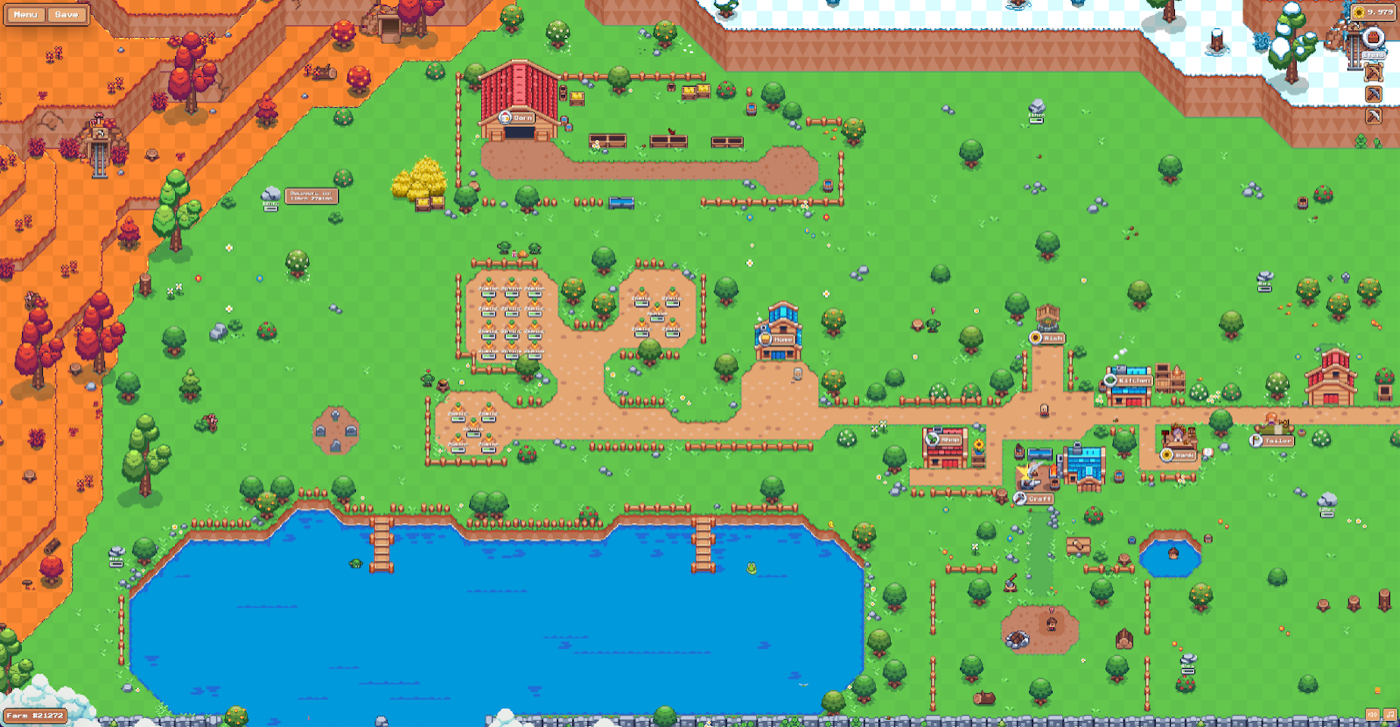
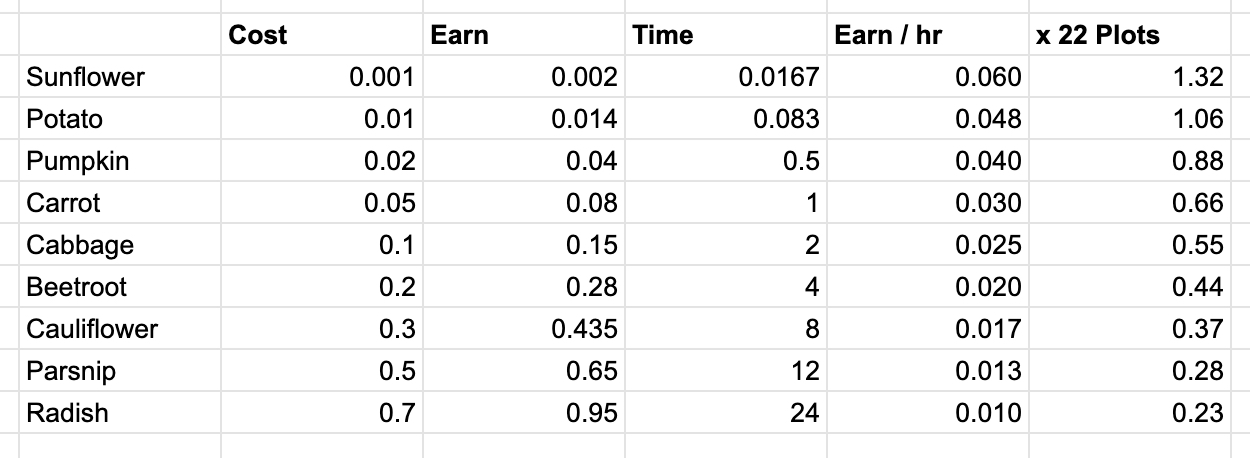
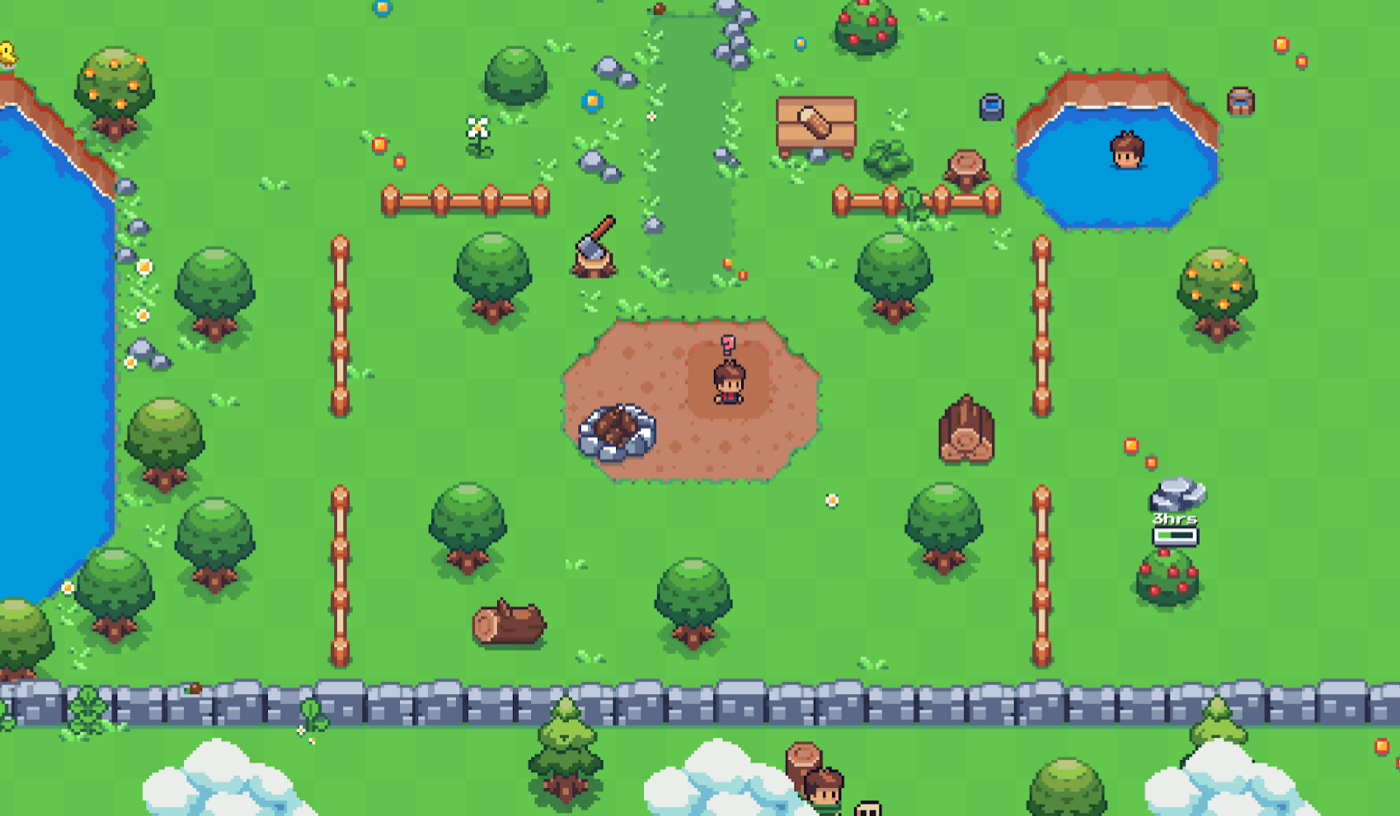
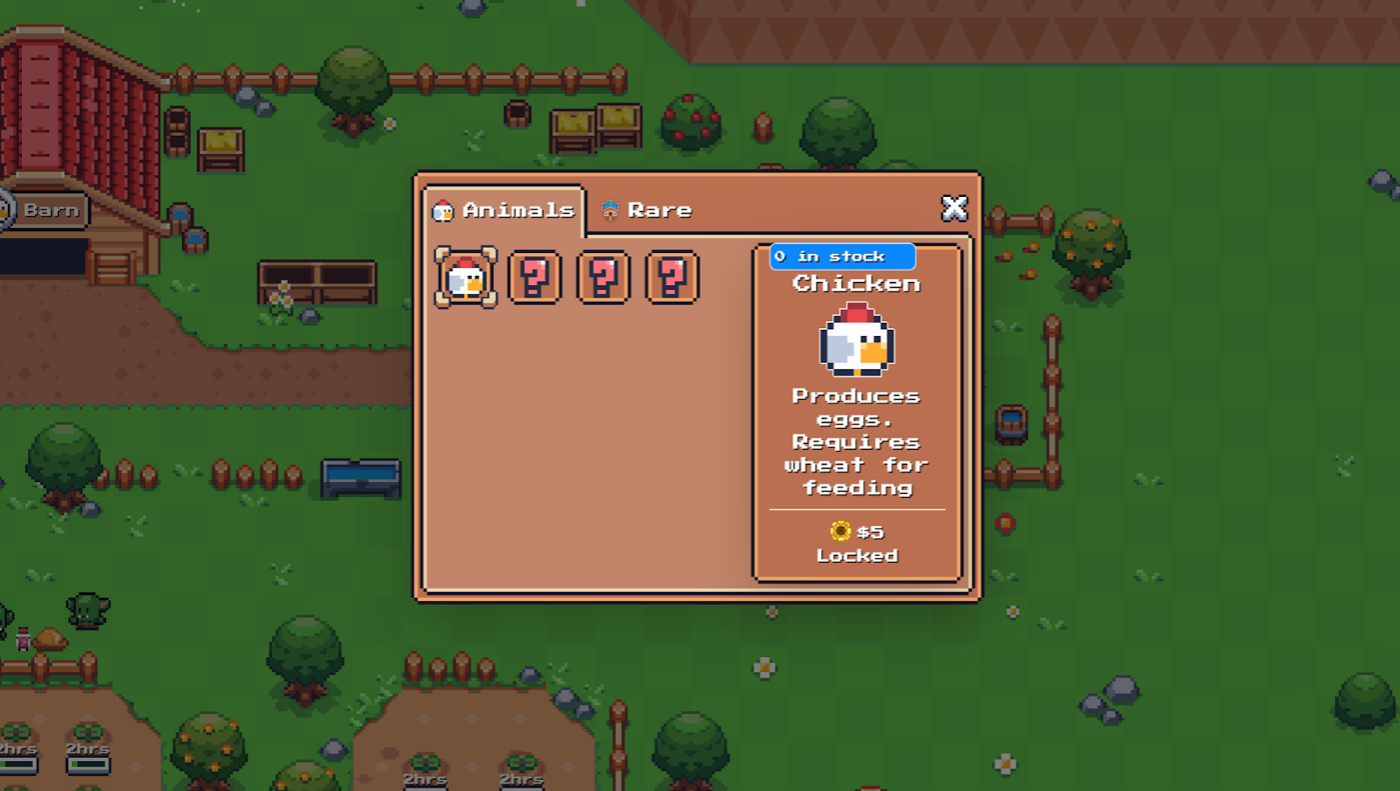
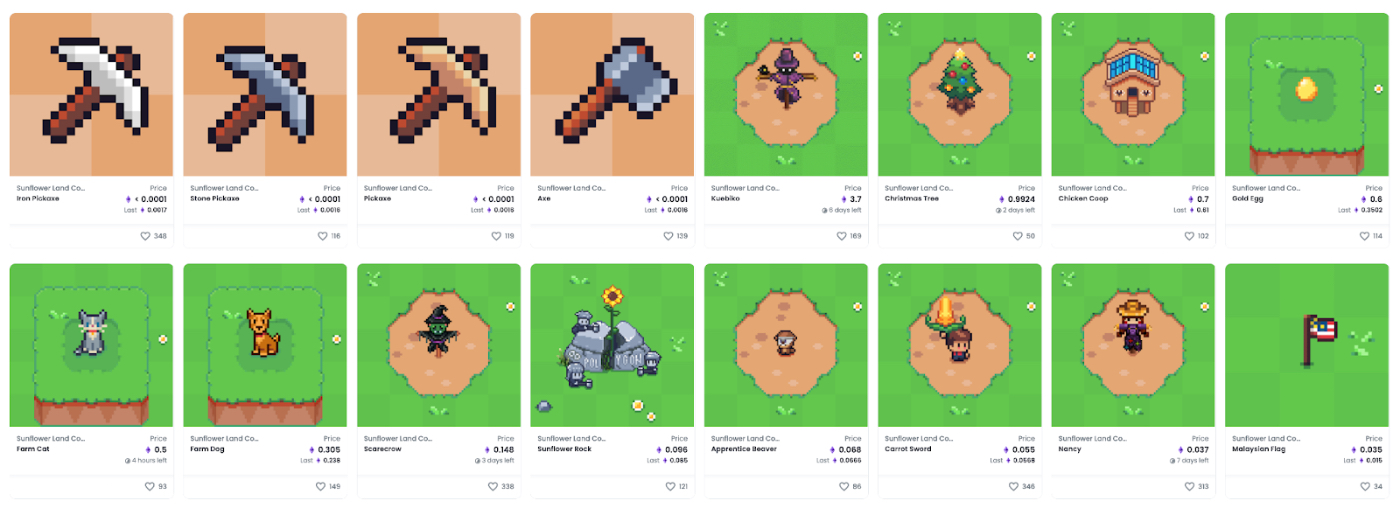
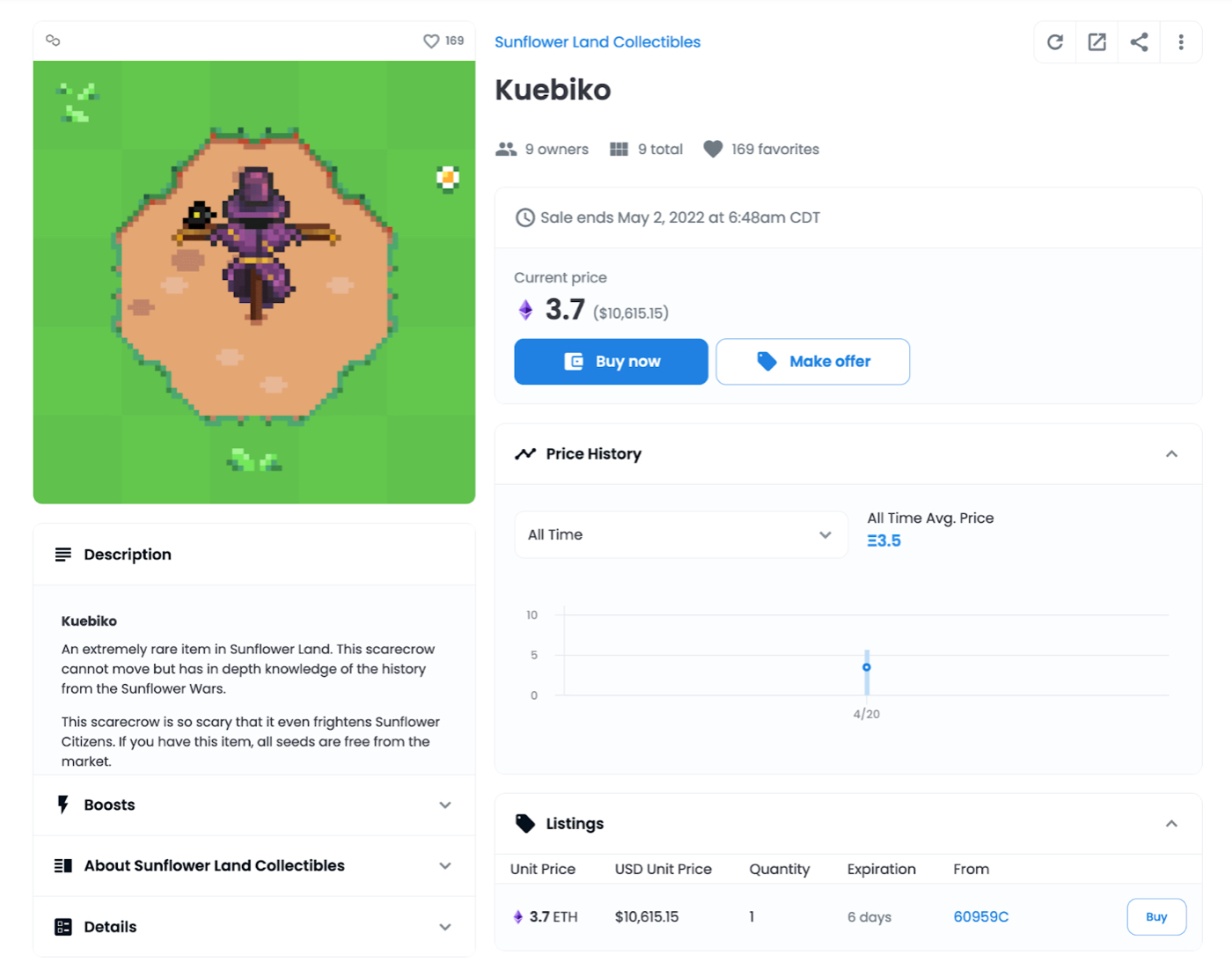
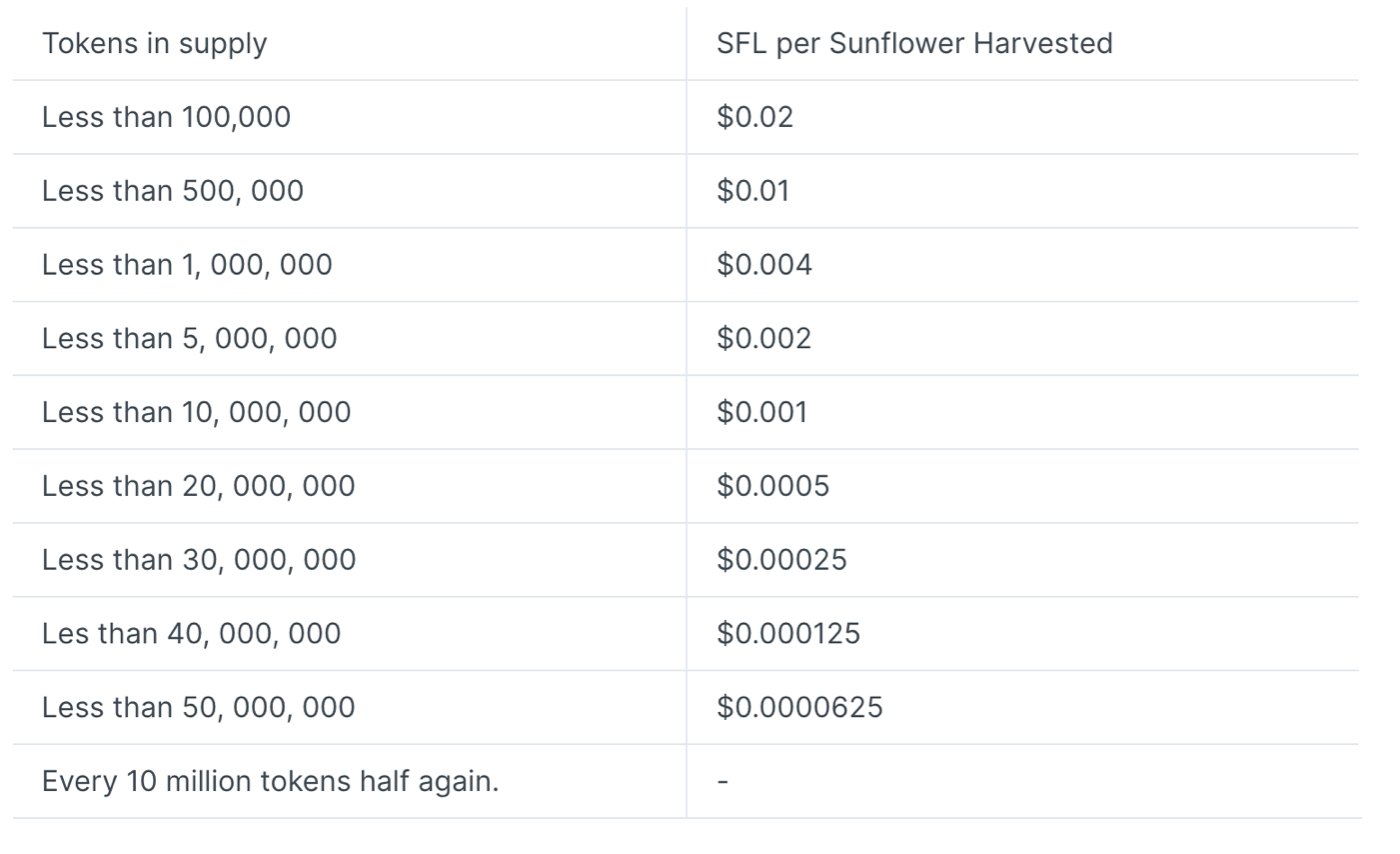
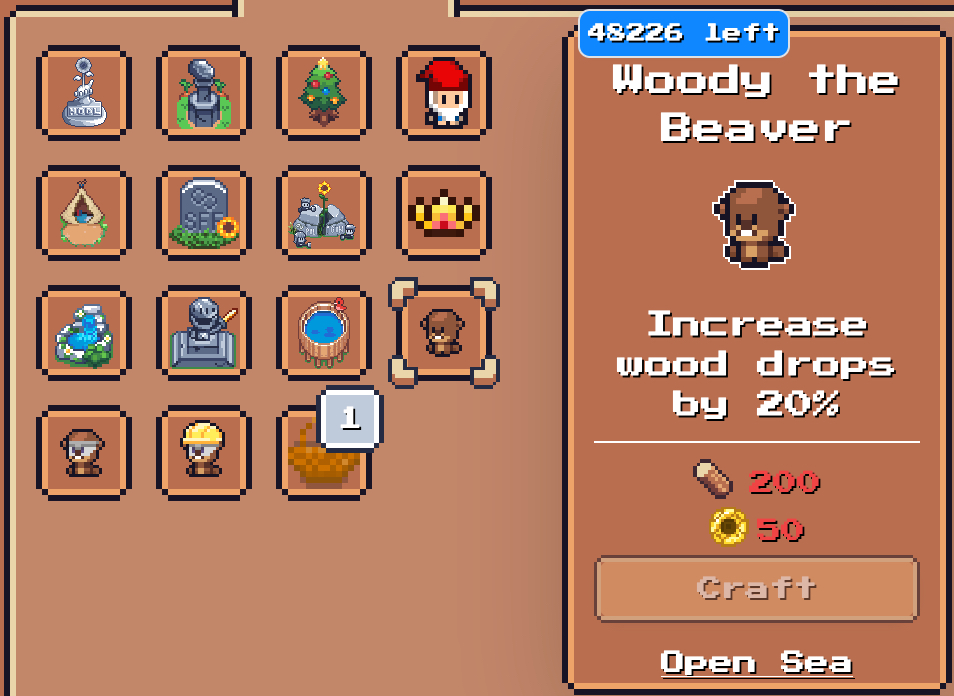
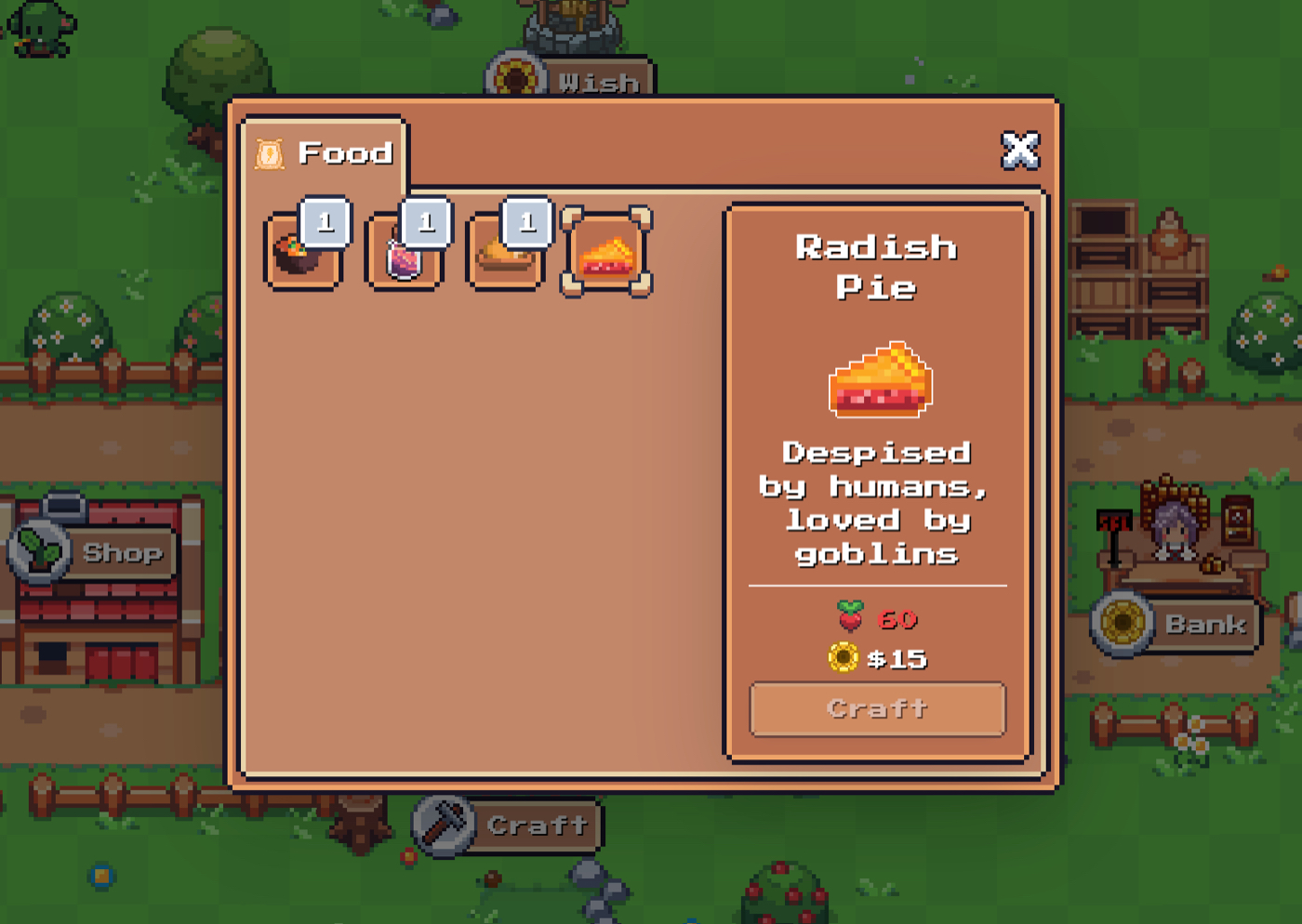
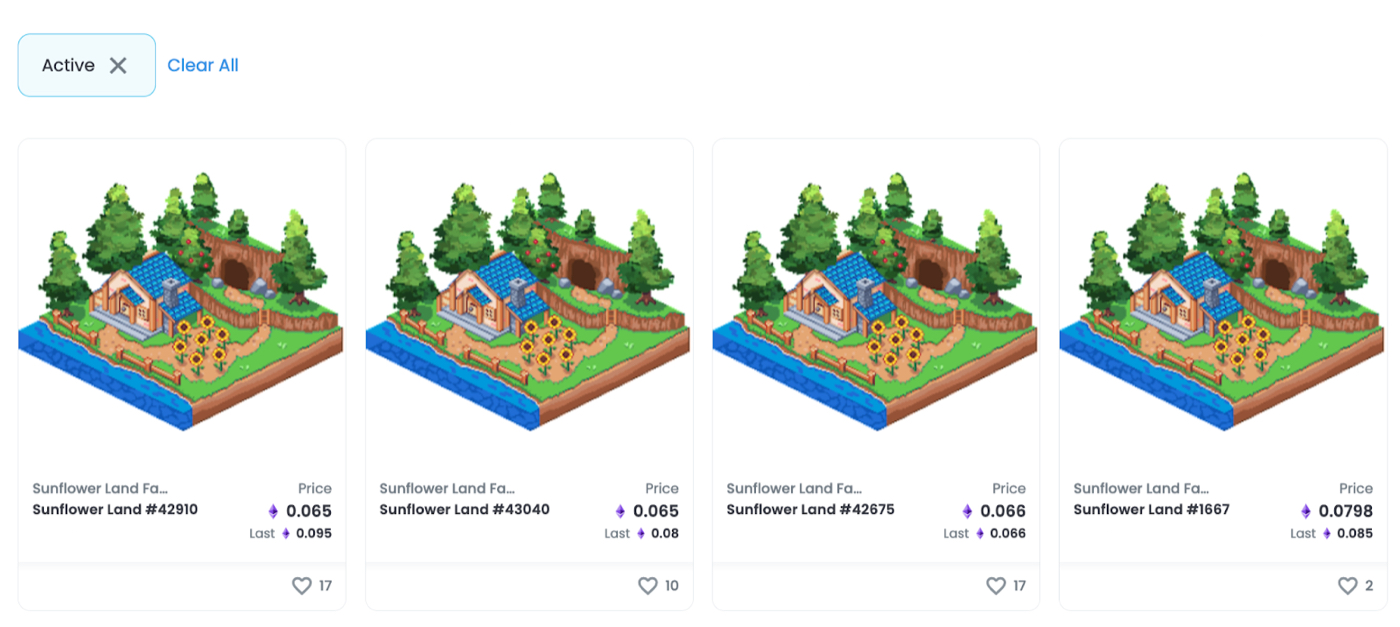







Comments
Don't have an account? Sign up!